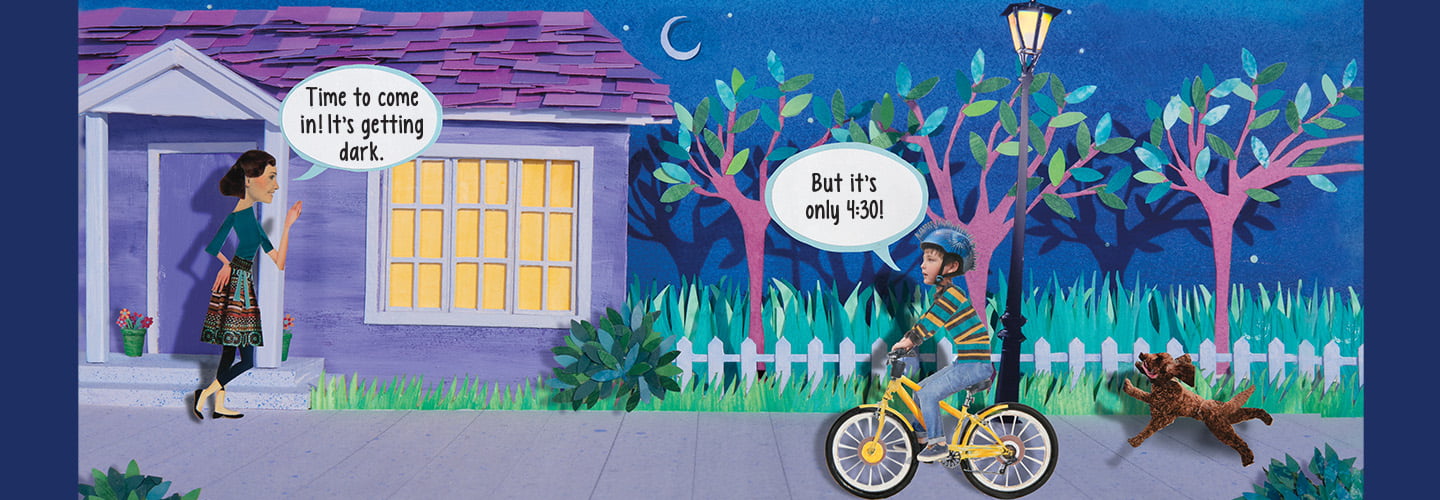Most kids in the U.S. will soon have less time to play outside before it gets dark. That’s because daylight saving time (DST) ends on November 3. In most states, people will set their clocks back one hour. They’ll “fall back” to what’s called standard time. When DST starts again in March, people will “spring forward” by moving their clocks ahead an hour.
The sun sets later during DST, which was introduced in the U.S. in 1918. The idea was that people would rely on sunlight instead of electricity to light their homes for longer periods.
Today many people think it’s time to stop all the back-and-forth. Critics of the time change point out that Hawaii and most of Arizona are always on standard time. They argue that our bodies are used to standard time and changing the clocks can disrupt our sleep patterns.
But others like switching to DST. They say the extra daylight encourages people to be more active after work and school. Others say DST can help businesses because people stay out later.

